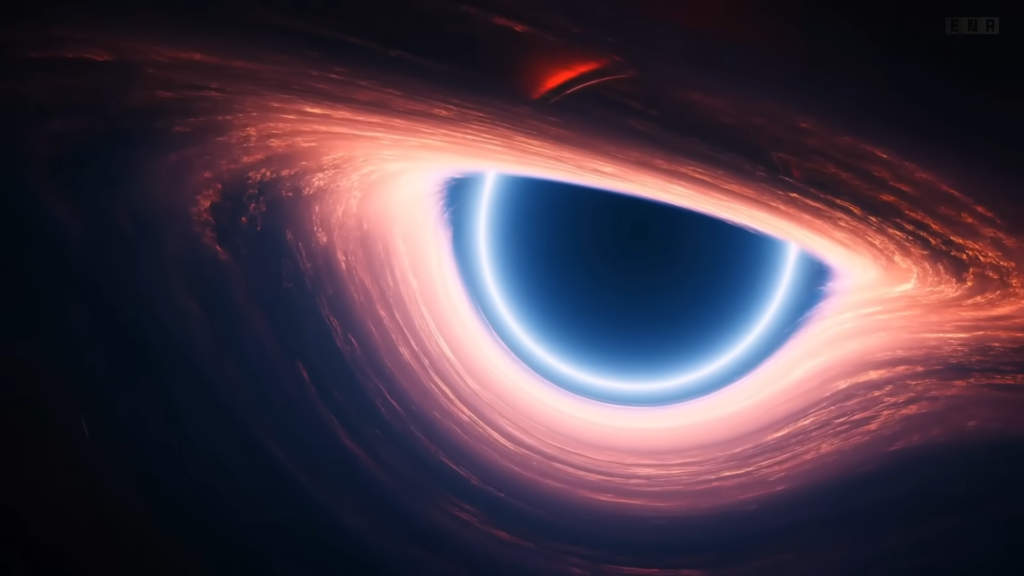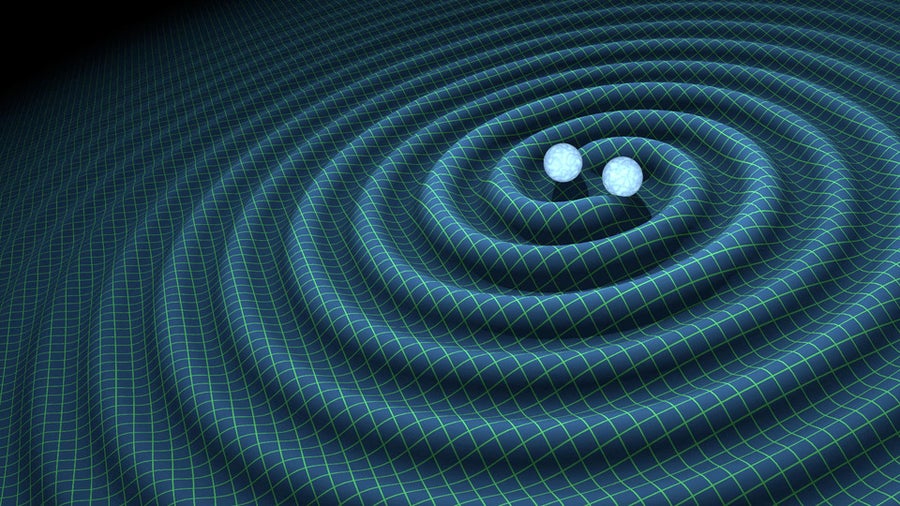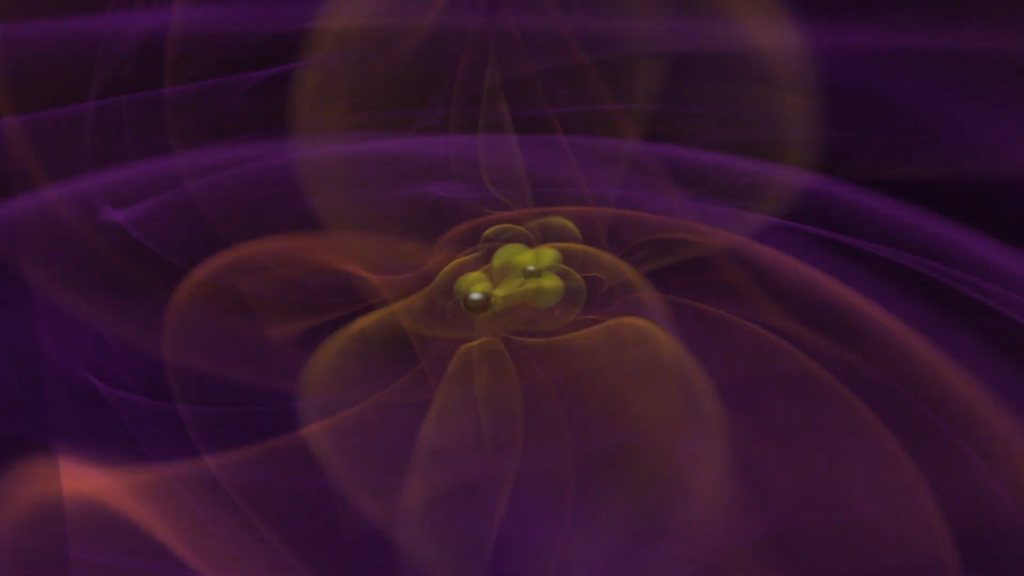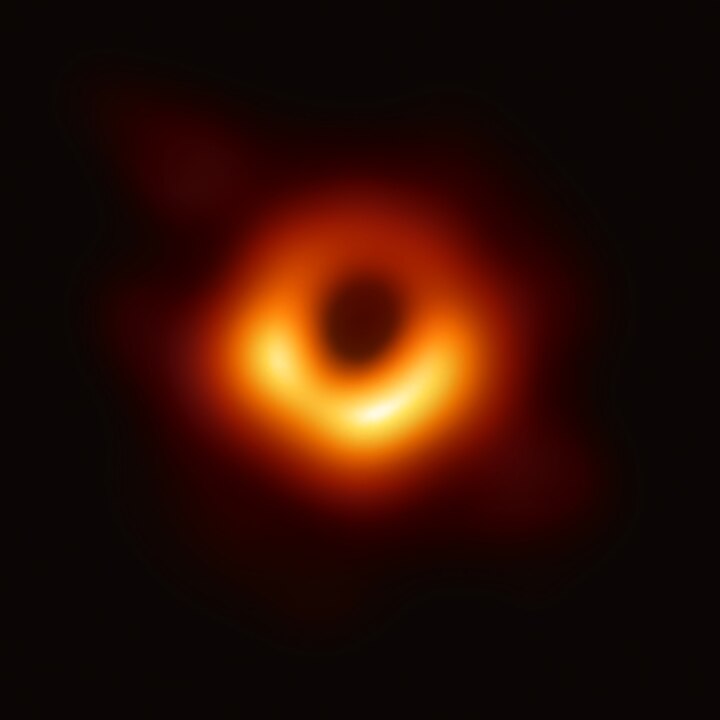Have you ever wondered what happens when two black holes collide? It sounds like something straight out of a sci-fi movie, doesn’t it? These mysterious cosmic behemoths are already fascinating on their own, but when two of them tango, the universe takes notice in spectacular fashion. Let’s dive into the science behind these colossal collisions and explore what makes them some of the most dramatic events in the cosmos.
The Basics of Black Holes

Before we get to the action, let’s take a moment to understand what black holes are. Black holes are regions in space where gravity is so strong that nothing—not even light—can escape. They’re formed when massive stars collapse under their own gravity after running out of nuclear fuel. These collapsed stars create singularities, points of infinite density, surrounded by event horizons—the boundaries beyond which escape is impossible.
Black holes come in different sizes:
- Stellar-Mass Black Holes: Formed from the remnants of stars, they range from about 3 to 100 times the mass of our Sun.
- Supermassive Black Holes: Found at the centers of galaxies, these can weigh millions or even billions of times more than the Sun.
- Intermediate-Mass Black Holes: A rare middle ground, their origins are still a mystery.
Now, imagine two black holes drifting through space—gradually spiraling toward each other over billions of years. When they finally collide, the results are nothing short of spectacular.
The Dance of Death: Black Hole Mergers
Black hole collisions don’t happen overnight. The process begins when two black holes get caught in each other’s gravitational pull. This might happen in a dense star cluster or during the merger of two galaxies, where gravitational interactions can bring black holes into proximity. The result? A slow, spiraling dance that can last for millions or even billions of years.
The Key Phases of a Black Hole Collision:
- Inspiral: The black holes orbit each other, gradually losing energy through the emission of gravitational waves—ripples in spacetime. As they lose energy, their orbits shrink, bringing them closer together.
- Merger: This is the climactic moment when the two black holes collide and merge into one larger black hole. The merger releases a tremendous burst of gravitational waves, carrying away a portion of the combined mass as energy.
- Ringdown: The newly formed black hole settles into a stable state, emitting gravitational waves as it adjusts to its new shape.
The Role of Gravitational Waves

The most exciting part of a black hole collision is the emission of gravitational waves. These waves were predicted by Albert Einstein’s General Theory of Relativity in 1915 but weren’t directly detected until 2015 by the Laser Interferometer Gravitational-Wave Observatory (LIGO).
Gravitational waves are distortions in spacetime caused by the acceleration of massive objects, like colliding black holes. When these waves pass through Earth, they stretch and squeeze spacetime ever so slightly. LIGO and its European counterpart Virgo use incredibly sensitive instruments to detect these minute changes.
Why Are Gravitational Waves Important?
- They allow us to observe events that don’t emit light, such as black hole collisions.
- They provide direct evidence of black hole mergers, confirming theoretical predictions.
- They offer a new way to study the universe, complementing traditional observations with telescopes.
What Happens During the Collision?
The merger of two black holes is an extraordinary cosmic event, and the details are both mind-bending and awe-inspiring. Here’s a step-by-step breakdown of what happens:
1. Gravitational Tug-of-War
As the black holes draw closer, their immense gravitational forces create tidal distortions in spacetime. The intense gravitational waves produced during this phase can be detected billions of light-years away.
2. Event Horizon Merger
When the black holes finally collide, their event horizons (the boundary around a black hole) merge first. This creates a new, larger event horizon encompassing both singularities.
3. Energy Release
The collision releases an enormous amount of energy in the form of gravitational waves. In fact, the energy released can briefly outshine all the stars in the observable universe. For example, the first gravitational wave event detected by LIGO, GW150914, released about three solar masses of energy in less than a second.
4. Formation of the Final Black Hole
The newly merged black hole may initially wobble or oscillate due to the immense forces involved. These oscillations settle down during the ringdown phase, producing a clean signal of gravitational waves.
Observing Black Hole Collisions

Detecting a black hole collision is no small feat. Gravitational wave observatories like LIGO, Virgo, and the upcoming LISA (Laser Interferometer Space Antenna) are designed to catch these fleeting signals. The first-ever detection, GW150914, was a landmark achievement and opened up a whole new field of astronomy.
Fun Fact:
The black holes involved in GW150914 were about 36 and 29 times the mass of the Sun, and their merger formed a black hole of 62 solar masses. The missing three solar masses were radiated away as gravitational waves!
Since then, dozens of black hole collisions have been detected, each providing valuable insights into the universe’s workings.
What Can We Learn from Black Hole Collisions?
Studying black hole collisions helps answer some of the most profound questions in astrophysics:
- Testing General Relativity: The precise patterns of gravitational waves confirm Einstein’s predictions and test the limits of his theory.
- Understanding Stellar Evolution: The masses and spins of colliding black holes reveal clues about their origins, such as whether they formed from stars in binary systems or through other processes.
- Mapping the Universe: Gravitational wave observations can serve as “standard sirens” to measure cosmic distances and study the expansion of the universe.
- Unveiling Dark Matter: Some theories suggest that black hole collisions might offer indirect evidence of dark matter’s role in galaxy formation.
The Aftermath: What Happens Next?
Once the two black holes merge, the resulting black hole continues its cosmic journey, but its surroundings might not remain quiet. The immense gravitational waves can perturb nearby matter and even eject stars or gas clouds from the region. If the merging black holes were part of a galaxy merger, the event could play a role in shaping the galaxy’s structure.
Additionally, if the black holes had accretion disks (rings of gas and dust), the collision might produce a brief burst of electromagnetic radiation, though this is rare and challenging to observe.
Are Colliding Black Holes Dangerous to Us?
Thankfully, black hole collisions are incredibly rare and occur far from Earth. The closest detected event was still over a billion light-years away. Even the gravitational waves produced pose no threat to our planet. Instead, they offer a fascinating window into the universe’s most extreme phenomena.
Conclusion: A Cosmic Symphony
When two black holes collide, it’s like the universe’s ultimate power play. The energy unleashed, the distortions in spacetime, and the insights gained all make these events some of the most awe-inspiring in astronomy. Thanks to gravitational wave observatories, we’re now able to witness these cosmic dances from billions of light-years away—a testament to human curiosity and ingenuity.
So, the next time you gaze up at the night sky, remember that somewhere out there, two black holes might be preparing for their final embrace, sending ripples through the fabric of the universe for us to catch and study.

Hi, I’m Debashis! I’m a space enthusiast and science writer with a passion for exploring the mysteries of the universe. From black holes to exoplanets and everything in between, I love diving deep into cosmic phenomena and sharing what I learn in an engaging, easy-to-understand way.
If you’d like to talk about space, share your thoughts, or collaborate on a project, feel free to put a comment on the post or drop me an email at debashis.mandal[at]gmail.com.


